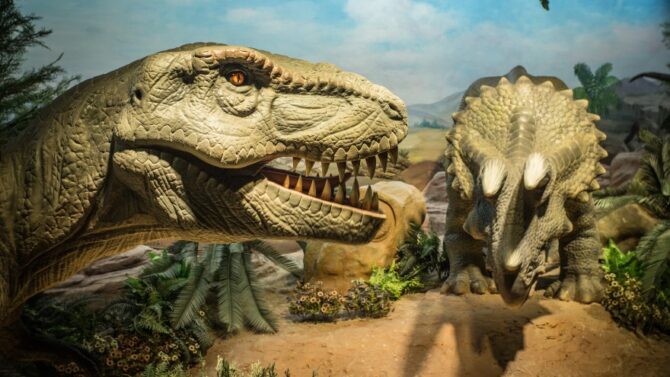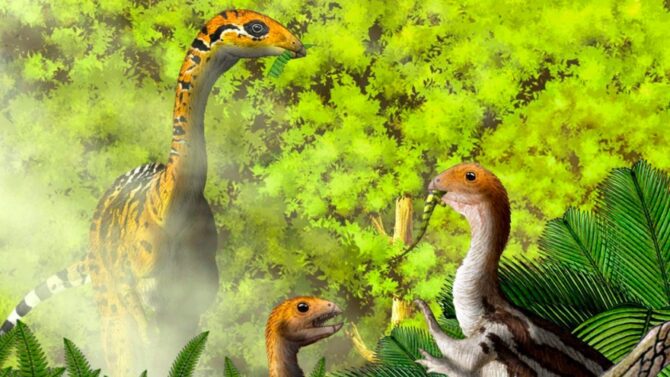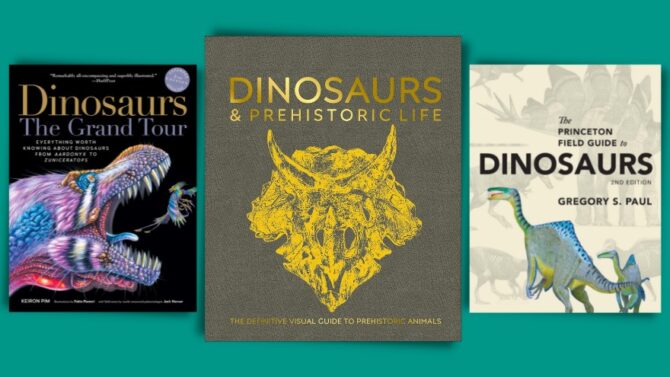You can’t be a dinosaur enthusiast for long without having heard of fossils.
It is through fossils we know dinosaurs existed in the first place, as they went extinct years before the earliest human civilization.
As more fossils get uncovered, our understanding of dinosaurs expands. This leads us to a curious question about how dinosaur fossils are formed.
Fossil formation is a step-by-step process that begins when the animal dies and ends with the appearance of the fossil. It is a long, rare process that could take millions of years.
We have fossils to thank for the discovery of many prehistoric creatures, not just dinosaurs. Here’s how the “magic” happens!
What Are Fossils?
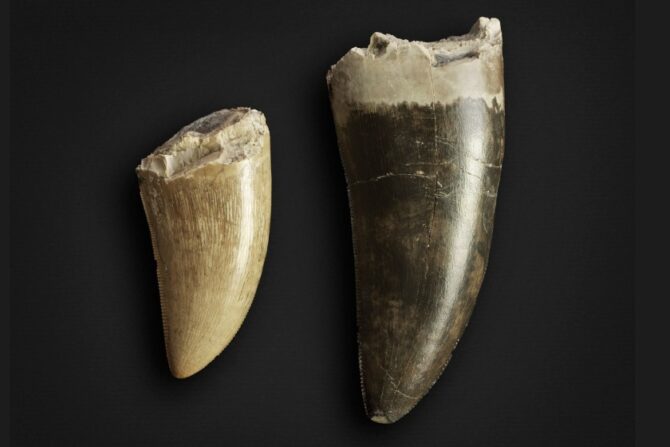
Fossils can be simply defined as the preserved parts of a dead animal, often lasting for several years, like a gemstone.
They offer us insight into the creatures that once were, including our favorite reptiles.
Other concrete signs of an animal’s existence—such as the footprints on stone—are considered fossils as well. There are also plant fossils.
The remains of an animal that becomes fossilized are known as body fossils.
Body fossil is the most common type, especially for the general public. Examples include shells, teeth, and bones.
The other concrete signs of an animal’s existence are called trace fossils. Some instances are footprints, feathers, and even poop.1
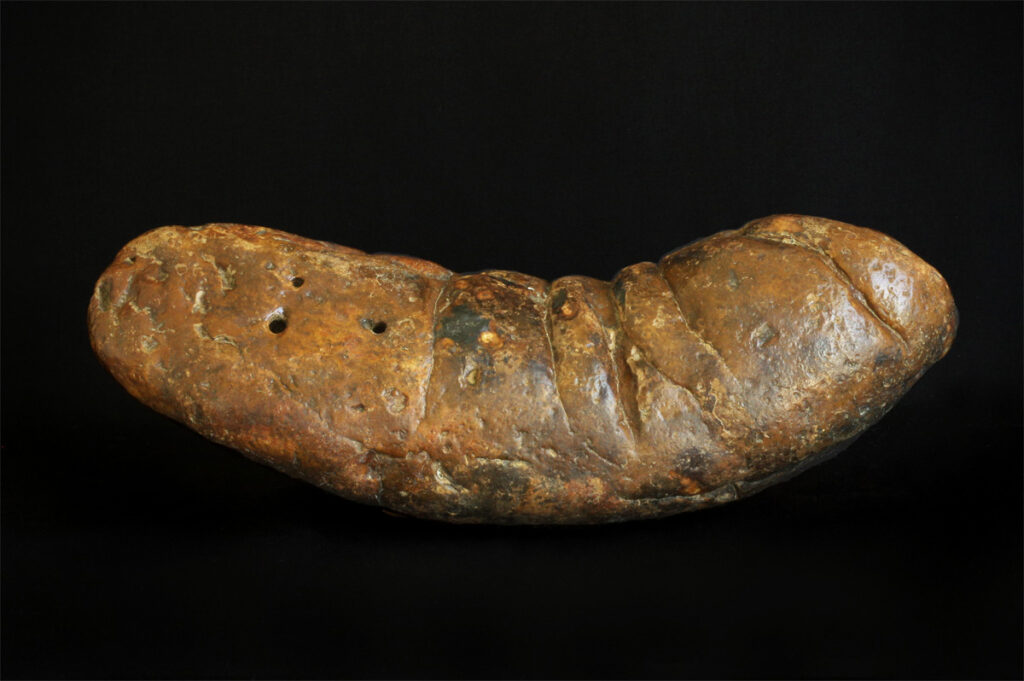
Are Fossils Common?
What makes a fossil special isn’t only the study benefits it brings—though that’s a plus—but also how rare it is.
It might seem like everything fossilize, but in reality, it is more common for dead animal and plant matter to decay.
Before a true fossil exists, certain conditions have to be in place. This makes them valuable.
What makes it possible for dead matter to fossilize is water. Dinosaur fossils may be the most popular, but they aren’t the most common.
Interestingly, 99% of fossils found by researchers are from marine animals like shellfish.
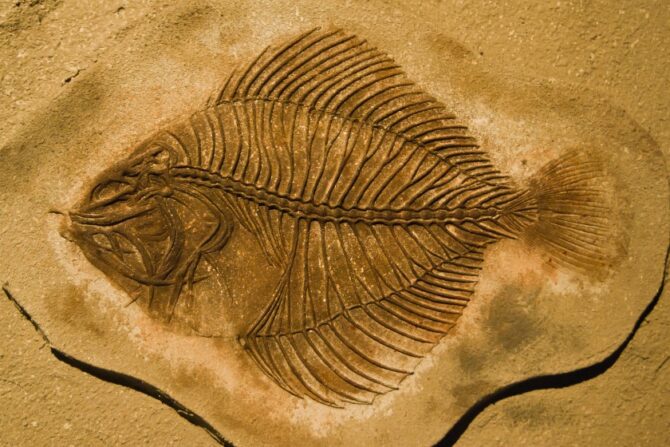
The sand and mud at sea have a preservative effect, covering the remains of these marine animals till they become fossils.
They could also remain under sediments that reduce decomposition.
This should show us how lucky we are to have dinosaur fossils at all, especially after a long time.
Given that dinosaurs were land animals, how did the remains not decompose?
Water still played a role. The dinosaur fossils we have today come from individuals that lived close to aquatic habitats and got preserved by the water, similar to what happens with marine animals.
Other dinosaurs have since been lost in time. Again, we’re lucky to have the fossils!
Step-by-Step on How Dinosaur Fossils Are Formed
There’s a methodical process to how the fossils are formed, and we’ll look into each of those.
Here’s the step-by-step process for that dinosaurs:
#1. The animal dies
Living animals don’t become fossils. The fossilization process happens after the animal’s death, and usually, that doesn’t happen immediately. It takes some time after death for this to even begin.
#2. Some level of decomposition happens
Every animal has a softer part, the flesh and muscles being the most notable. Dinosaurs are no different.
These parts get decomposed, and scavengers help themselves to the remaining.
Some scavengers might have existed in prehistoric times.2
#3. In comes the sediments
These sediments come in form of mud, silt, or sand. Remember that the sediments are brought in by water.
These are responsible for covering what scavengers couldn’t take, namely the bones and teeth.
#4. Then even more sediments sip in
While the first round of sediments covers the bones to limit decomposition, the second round adds layers that work alongside the first to turn the bones into sedimentary rocks, a type of rock.
#5. The stoning
The final process where the fossil becomes a rock is what eventually happens when water keeps moving into the bone and teeth.
This reveals the truth about fossils. They are rocks, which is why they can exist for long. Tree fossils follow a similar process.
What About Trace Fossils?
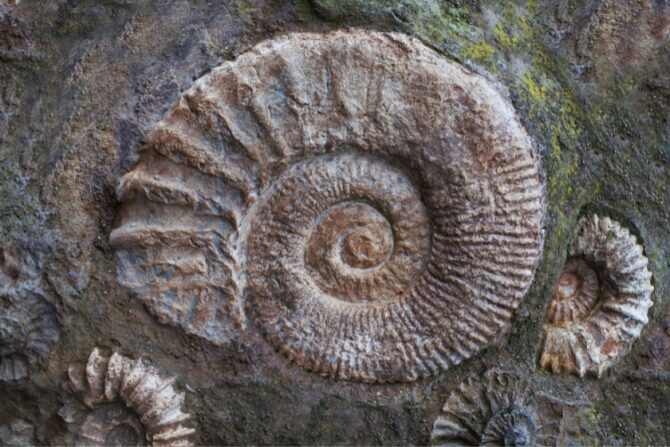
The process above is more specific to body fossils, which leaves us with trace fossils. How do those come about?
The answer to this can be found in studying how shellfish and other shelled creatures—like the extinct ammonites—become fossils.
It is also a long process involving water, which ends up leaving the footprints quite obvious.
How Are Dinosaur Fossils Found?
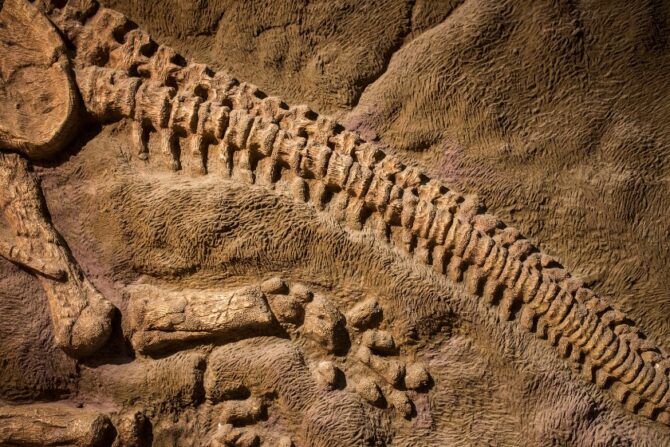
Having established how dinosaur fossils get formed, the follow-up question of every curious mind would be this: How do we find them?
Finding a dinosaur fossil comes in two phases. First, there’s the location.
Paleontologists look for sedimentary rocks dated to the Mesozoic era when targeting non-avian dinosaurs.3
They figure this out using geological maps, and the adventure begins once the rock is found.
The rewarding part of paleontology is discovering a fossil that you weren’t looking for.
The second is the discovery itself. Fossil discovery is a big deal, requiring a goal, careful planning, and enough finances, usually gotten by funding.
The major goal of every discovery is research which leads to further knowledge in the field.
The search itself begins with a process called prospecting which can go on for miles until a piece of fossil is found.4
When the paleontologist succeeds in this, next comes the digging, excavation, and eventual preparation in the laboratory.
When Was the First Dinosaur Fossil Found?
Dinosaur fossils have been discovered for a long time, but experts of old didn’t think of them as a dinosaur.
Instead, it might have influenced the idea that dragons existed as the fossils were probably thought of as dragon fossils.
That said, the first recorded fossil discovery occurred in 1677 by a man named Robert Plot, who found a part of a Megalosaurus.
At the time of his discovery, he had no idea he had found a dinosaur, thinking it to be a giant instead.
It wasn’t until 1824 that William Buckland named Plot’s discovery the Megalosaurus, and this was after some more fossils had been unearthed.
These all happened before Richard Owen coined the name “dinosaur” in 1841.
Final Thoughts
Fossil discovery is tasking but rewarding, and when we realize that we might have never known of dinosaurs bet for the fossils preserved by water, it makes these prehistoric objects even more precious.
References & Notes
- What is a coprolite? Natural History Museum.
- Prehistoric saber-tooth was actually a scavenger. The Ecologist.
- Mesozoic Era. Britannica.
- In the Field: Following the Work of a Paleontologist. Carnegie Museum of Natural History.


